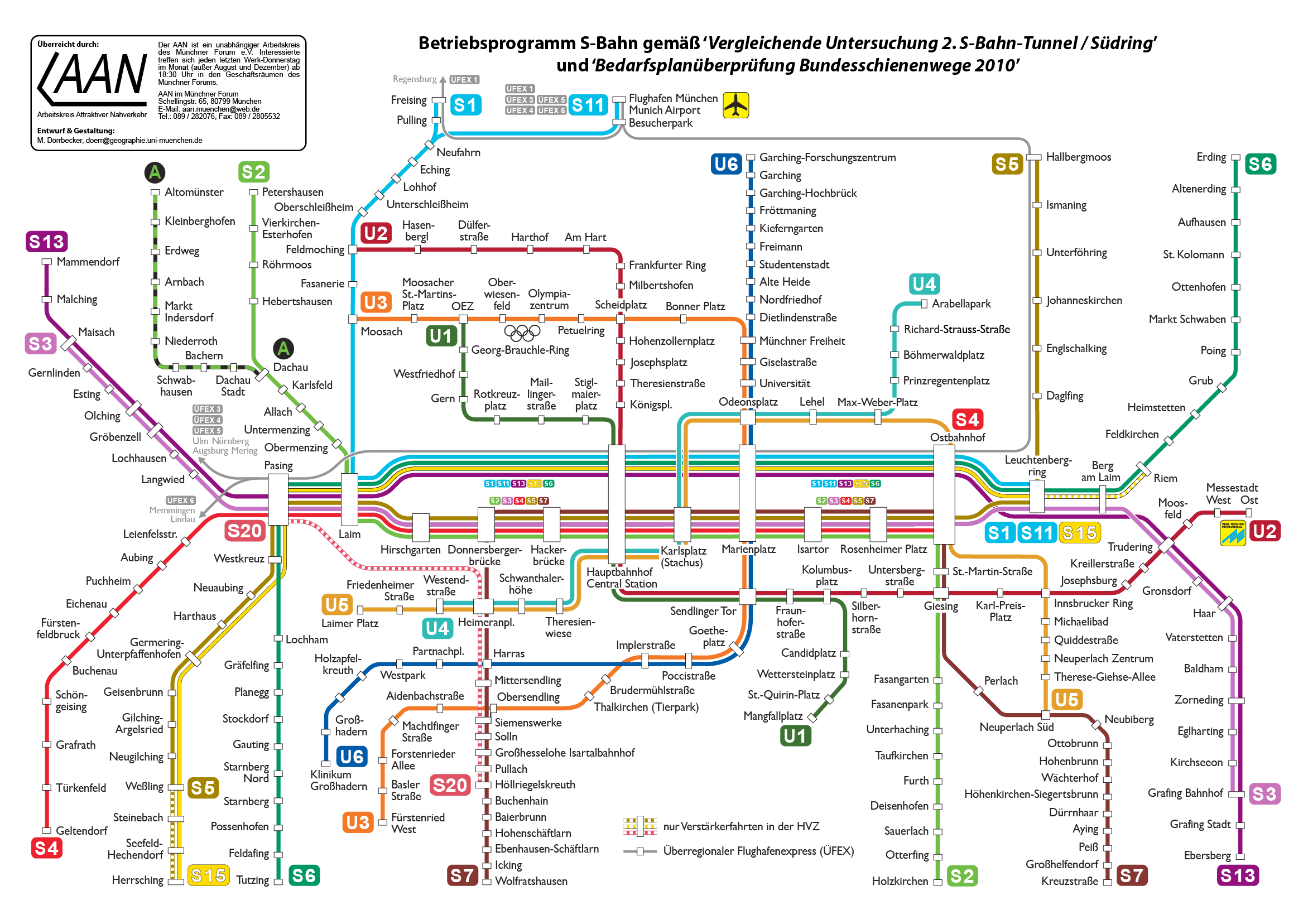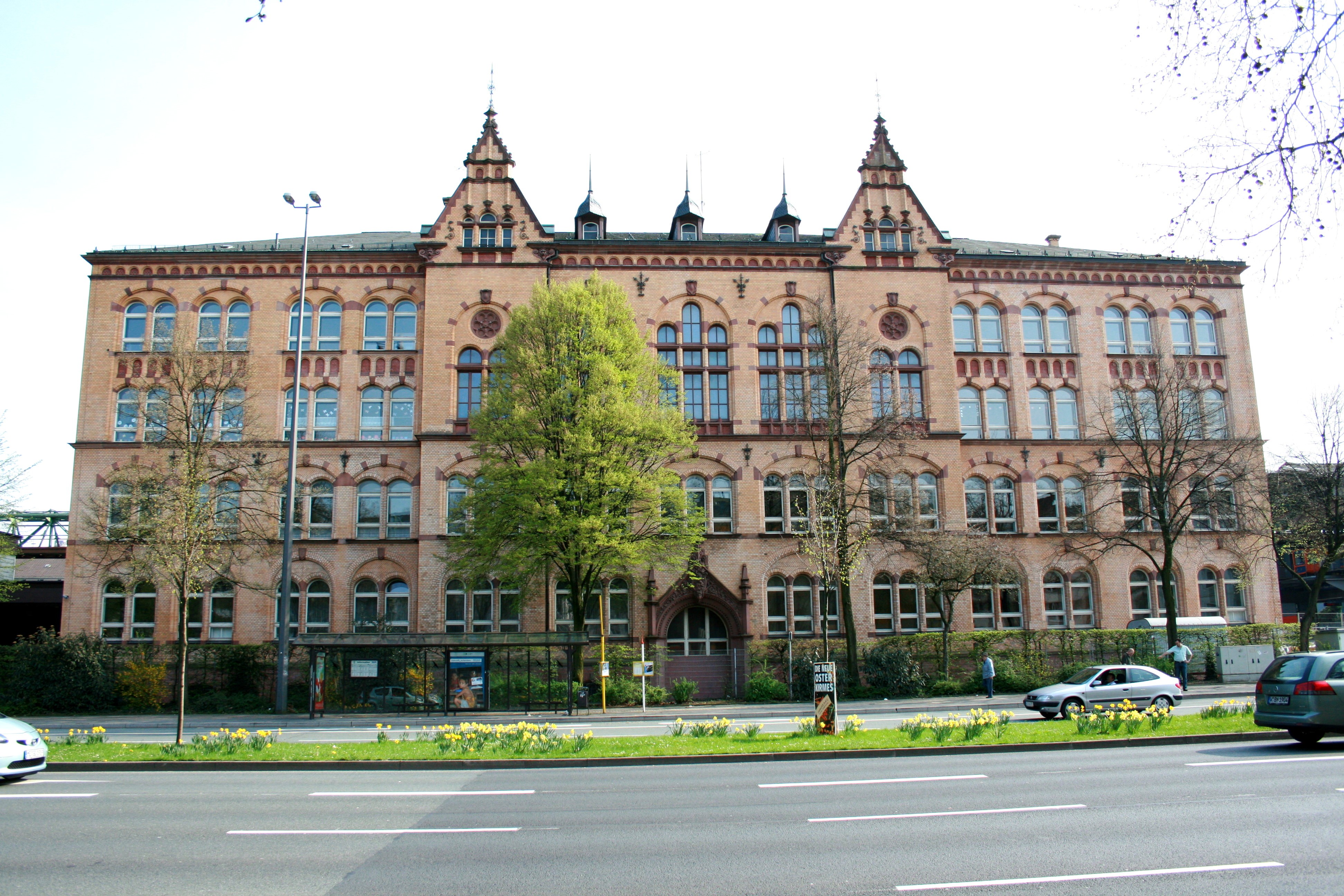|
Türkenfeld
Türkenfeld (German literally: ''“Turkfield”'') is a municipality in the district of Fürstenfeldbruck, Bavaria, Germany. Geography Türkenfeld is located about 14 km south-west of Fürstenfeldbruck and 37 km west of Munich. The municipality has incorporated the communities of Burgholz, Klotzau, Türkenfeld, Peutenmühle, Pleitmannswang, and Zankenhausen. History The first evidence of settlement is a burial place dating from Neolithic. In the area of Türkenfeld one can also find several Tumuli from about 1500 BC. The first written reference is in the ''Breves Notatiae'' of 749 as "Duringveld". During World War II, a subcamp of Dachau concentration camp was built in the town, though it was never put into operation due to construction failures. Infrastructure Public facilities in Türkenfeld comprise a kindergarten, a primary school, and a Hauptschule as well as a natatorium. There are also several restaurants in the town. The Türkenfeld railway station is locat ... [...More Info...] [...Related Items...] OR: [Wikipedia] [Google] [Baidu] |
Munich–Buchloe Railway
The Munich–Buchloe railway is a double-track, electrified main line in Bavaria, Germany. The 60 kilometre-long line runs from via and to . Together with the Buchloe–Lindau railway, Buchloe–Kempten–Lindau line, it is known as the ''Allgäubahn'' (Allgäu railway). The line is owned and maintained by DB Netz. The Royal Bavarian State Railways (''Königlich Bayerische Staatseisenbahnen'') opened the line between 1872 and 1873 as part of the Munich–Memmingen line. From the beginning, the line was of great importance for international long-distance traffic between Munich and Switzerland and was duplicated along its entire length from 1899 to 1906. The section from Munich-Pasing to Geltendorf was electrified in 1968 and has been served by the Munich S-Bahn since 1972. Deutsche Bahn electrified the remaining section from Geltendorf to Buchloe as part of the upgrade of the Munich–Memmingen–Lindau line, completed in 2020. History After the opening of the Ludwig So ... [...More Info...] [...Related Items...] OR: [Wikipedia] [Google] [Baidu] |
Munich S-Bahn
The Munich S-Bahn () is an Railway electrification system, electric rail transit system in Munich, Germany. "S-Bahn" is the German abbreviation for ''Stadtschnellbahn'' (literally, "urban rapid rail"), and the Munich S-Bahn exhibits characteristics of both rapid transit and commuter rail systems. The Munich S-Bahn network is operated by S-Bahn München, a subsidiary of DB Regio Bayern, which is itself a subsidiary of the German national railway company, Deutsche Bahn. It is integrated into the Munich Transport and Tariff Association (''Münchner Verkehrs- und Tarifverbund'', MVV) and interconnected throughout the city with the locally owned Munich U-Bahn. Today, the S-Bahn covers most of the populated area of the Munich metropolitan area of about 3 million inhabitants. In terms of system length, the Munich S-Bahn is the fourth-largest in Germany, behind the Rhine-Neckar S-Bahn, Rhine-Ruhr S-Bahn and the S-Bahn Mitteldeutschland. The Munich S-Bahn was established on 28 May 1972. ... [...More Info...] [...Related Items...] OR: [Wikipedia] [Google] [Baidu] |
Fürstenfeldbruck (district)
Fürstenfeldbruck is a ''Landkreis'' (district) in Bavaria, Germany. It is bounded by (from the east and clockwise) the city of Munich and the districts of Munich, Starnberg, Landsberg, Aichach-Friedberg and Dachau. History In medieval times the region was a clerical state ruled by the abbey of Fürstenfeld. When the clerical states of Holy Empire were dissolved in 1803, the territory was annexed by Bavaria. The district of Fürstenfeldbruck was established in 1939. Geography The district is occupied by the western Munich metropolitan area. It has the highest population density of all Bavarian districts. More than 90 percent of the population lives in the eastern half of the district, which includes the suburbs of Munich. Coat of arms * The red and white bar is from the family arms of Saint Bernard, who had been the founder of the Cistercian The Cistercians (), officially the Order of Cistercians (, abbreviated as OCist or SOCist), are a Catholic religious order o ... [...More Info...] [...Related Items...] OR: [Wikipedia] [Google] [Baidu] |
World War II
World War II or the Second World War (1 September 1939 – 2 September 1945) was a World war, global conflict between two coalitions: the Allies of World War II, Allies and the Axis powers. World War II by country, Nearly all of the world's countries participated, with many nations mobilising all resources in pursuit of total war. Tanks in World War II, Tanks and Air warfare of World War II, aircraft played major roles, enabling the strategic bombing of cities and delivery of the Atomic bombings of Hiroshima and Nagasaki, first and only nuclear weapons ever used in war. World War II is the List of wars by death toll, deadliest conflict in history, causing World War II casualties, the death of 70 to 85 million people, more than half of whom were civilians. Millions died in genocides, including the Holocaust, and by massacres, starvation, and disease. After the Allied victory, Allied-occupied Germany, Germany, Allied-occupied Austria, Austria, Occupation of Japan, Japan, a ... [...More Info...] [...Related Items...] OR: [Wikipedia] [Google] [Baidu] |
Natatorium
A swimming pool, swimming bath, wading pool, paddling pool, or simply pool, is a structure designed to hold water to enable swimming and associated activities. Pools can be built into the ground (in-ground pools) or built above ground (as a freestanding construction or as part of a building or other larger structure), and may be found as a feature aboard ships. In-ground pools are most commonly constructed from materials such as concrete, natural stone, metal, plastic, composite or fiberglass, and may follow a standardized size, the largest of which is the Olympic-size swimming pool, or be of a custom shape. Many health clubs, fitness centers, and private clubs have pools for their members, often used for exercise. In much of the world, local governments provide publicly-run pools for their citizens. Many of these are outdoors; indoor pools are typically part of a leisure centre. Many hotels have a pool for the use of their guests. Pools as a feature in hotels are more commo ... [...More Info...] [...Related Items...] OR: [Wikipedia] [Google] [Baidu] |
Hauptschule
A ''Hauptschule'' (, "general school") is a secondary school in Germany, starting after four years of elementary schooling (''Grundschule''), which offers Lower Secondary Education (Level 2) according to the International Standard Classification of Education. Any student who attends a German elementary school can go to a ''Hauptschule'' or ''Gesamtschule'', while students who want to attend a ''Realschule'' or ''Gymnasium (Germany), Gymnasium'' need to have good marks in order to do so. The students spend five to six years at the ''Hauptschule'', from 5th to 9th (or 10th) grade. They finish around age 15 to 17. History ''Hauptschulen'' (plural of ''Hauptschule'') were first introduced in West Germany in 1950 and are now a part of secondary education in Germany, the other schools being the ''Gymnasium (school), Gymnasium'' for the university-bound and the ''Realschule'' for the future technicians. Basics The main aim of ''Hauptschulen'' is to offer young students with average gra ... [...More Info...] [...Related Items...] OR: [Wikipedia] [Google] [Baidu] |
Kindergarten
Kindergarten is a preschool educational approach based on playing, singing, practical activities such as drawing, and social interaction as part of the transition from home to school. Such institutions were originally made in the late 18th century in Germany, Bavaria and Alsace to serve children whose parents both worked outside home. The term was coined by German pedagogue Friedrich Fröbel, whose approach globally influenced early-years education. Today, the term is used in many countries to describe a variety of educational institutions and learning spaces for children ranging from two to six years of age, based on a variety of teaching methods. History Early years and development In 1779, Johann Friedrich Oberlin and Louise Scheppler founded in Strasbourg an early establishment for caring for and educating preschool children whose parents were absent during the day. At about the same time, in 1780, similar infant establishments were created in Bavaria. In 1802, Princ ... [...More Info...] [...Related Items...] OR: [Wikipedia] [Google] [Baidu] |
Dachau Concentration Camp
Dachau (, ; , ; ) was one of the first concentration camps built by Nazi Germany and the longest-running one, opening on 22 March 1933. The camp was initially intended to intern Hitler's political opponents, which consisted of communists, social democrats, and other dissidents. It is located on the grounds of an abandoned munitions factory northeast of the medieval town of Dachau, about northwest of Munich in the state of Bavaria, in southern Germany. After its opening by Heinrich Himmler, its purpose was enlarged to include forced labor, and eventually, the imprisonment of Jews, Romani, Germans, and Austrians that the Nazi Party regarded as criminals, and, finally, foreign nationals from countries that Germany occupied or invaded. The Dachau camp system grew to include nearly 100 sub-camps, which were mostly work camps or , and were located throughout southern Germany and Austria. The main camp was liberated by U.S. forces on 29 April 1945. Prisoners lived in constant f ... [...More Info...] [...Related Items...] OR: [Wikipedia] [Google] [Baidu] |
Ortsteil
A village is a human settlement or Residential community, community, larger than a hamlet (place), hamlet but smaller than a town with a population typically ranging from a few hundred to a few thousand. Although villages are often located in rural areas, the term urban village is also applied to certain urban neighborhoods. Villages are normally permanent, with fixed dwellings; however, transient villages can occur. Further, the dwellings of a village are fairly close to one another, not scattered broadly over the landscape, as a dispersed settlement. In the past, villages were a usual form of community for societies that practice subsistence agriculture and also for some non-agricultural societies. In Great Britain, a hamlet earned the right to be called a village when it built a Church (building), church. [...More Info...] [...Related Items...] OR: [Wikipedia] [Google] [Baidu] |
Tumulus
A tumulus (: tumuli) is a mound of Soil, earth and Rock (geology), stones raised over a grave or graves. Tumuli are also known as barrows, burial mounds, mounds, howes, or in Siberia and Central Asia as ''kurgans'', and may be found throughout much of the world. A cairn, which is a mound of stones built for various purposes, may also originally have been a tumulus. Tumuli are often categorised according to their external apparent shape. In this respect, a long barrow is a long tumulus, usually constructed on top of several burials, such as passage graves. A round barrow is a round tumulus, also commonly constructed on top of burials. The internal structure and architecture of both long and round barrows have a broad range; the categorization only refers to the external apparent shape. The method of may involve a dolmen, a cist, a mortuary enclosure, a mortuary house, or a chamber tomb. Examples of barrows include Duggleby Howe and Maeshowe. Etymology The word ''tumulus'' ... [...More Info...] [...Related Items...] OR: [Wikipedia] [Google] [Baidu] |
Bayerisches Landesamt Für Statistik
The statistical offices of the German states (German language, German: ) carry out the task of collecting official statistics in Germany together and in cooperation with the Federal Statistical Office of Germany, Federal Statistical Office. The implementation of statistics according to Article 83 of the Basic Law for the Federal Republic of Germany, constitution is executed at state level. The Bundestag, federal government has, under Article 73 (1) 11. of the constitution, the exclusive legislation for the "statistics for federal purposes." There are 14 statistical offices for the States of Germany, 16 states: See also * Federal Statistical Office of Germany References {{Reflist National statistical services, Germany Lists of organisations based in Germany, Statistical offices Official statistics, Germany ... [...More Info...] [...Related Items...] OR: [Wikipedia] [Google] [Baidu] |







